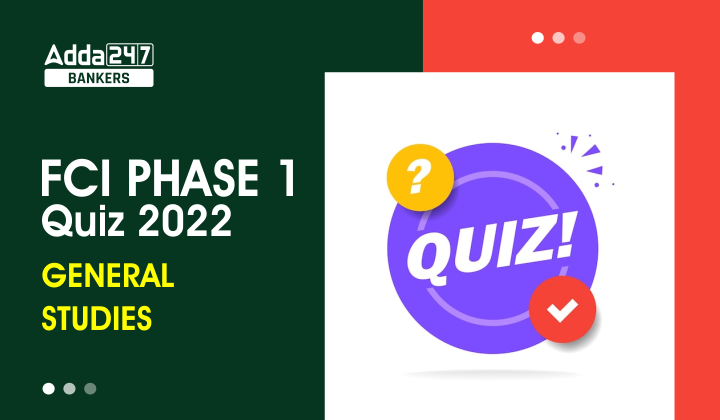Q1. Which of the following accounts for red colour of tomato?
(a) Capsaicin
(b) Carotene
(c) Anthocyanin
(d) Lycopene
(e) None of the above
Q2. Substances necessary for autotrophic nutrition are
(a) CO2 and H2O2
(b) Chlorophyll
(c) Sun light
(d) All of the above
(e) None of the above
Q3. The accidental touch of Nettle leaves creates a burning sensation, which is due to inject of
(a) Hydrochloric acid
(b) Methanoic acid
(c) Citric acid
(d) Sulphuric acid
(e) None of the above
Q4. Which one of the following statements about meristematic tissues in plants is correct?
(a) These are dead tissues and form wood
(b) They provide flexibility to plant due to their thickened walls
(c) These are present in the bark of a tree only
(d) Growth occurs in plants due to division of cells of these tissues
(e) None of the above
Q5. Which one of the following types of tissues will have contractile proteins?
(a) Nervous tissue
(b) Muscle tissue
(c) Bone tissue
(d) Blood tissue
(e) None of the above
Q6. Which of the following is/are the main absorbing organ/ organs of plants?
(a) Root only
(b) Leaf only
(c) Root and leaf only
(d) Root, leaf and bark
(e) None of the above
Q7. Which of the following is not a primary function of a green leaf?
(a) Manufacture of food
(b) Interchange of gases
(c) Evaporation of water
(d) Conduction of food and water
(e) None of the above
Q8. In which one of the following physiological processes, excess water escapes in the form of droplets from a plant?
(a) Transpiration
(b) Guttation
(c) Secretion
(d) Excretion
(e) None of the above
Q9. If the xylem of a plant is mechanically blocked, which of the. following functions of the plant will be affected?
(a) Transport of water only
(b) Transport of water and solutes
(c) Transport of solutes only
(d) Transport of gases
(e) None of the above
Q10. Which one of the following agents does not contribute to propagation of plants through seed dispersal?
(a) Wind
(b) Fungus
(c) Animal
(d) Water
(e) None of the above
Solutions
S1.Ans. (d)
Sol. Tomato is red in colour due to the presence of lycopene pigment found in the chromoplasts.
S2.Ans. (d)
Sol. CO2, H2O, chlorophyll and light are necessary for the process of photosynthesis which occurs in autotrophs.
S3.Ans. (b)
Sol. Nettle leaves are rich in vitamins A and C, potassium, manganese etc. The Accidental touch of nettle leaves creates a burning sensation because it injects formic acid (also called called methanoic acid), acetylcholine and histamine when it comes in contact.
S4.Ans. (d)
Sol. Meristematic tissues, or simply meristems, are tissues in which the cells remain forever young and divide actively throughout the life of the plant. Cells within the meristematic tissues are selfrenewing, so that each time they divide, one cell remains identical to the parent while the other can specialize and become part of another plant structure. The meristematic tissue is therefore self-sustaining.
S5.Ans. (b)
Sol. Muscal And Skeletal Tissues Have Contracile Protiens.
S6.Ans. (c)
Sol. Major Organs of most plants include roots, stems, and leaves. A root is a complex organ consisting of several types of tissue absorbing water and minerals: Thin-walled epidermal cells and root hairs are well suited to absorb water.
S7.Ans. (d)
Sol. The main function of a leaf is to produce food for the plant by photosynthesis. Chlorophyll, the substance that gives plants their characteristic green colour, absorbs light energy. Conduction of food and water is not the primary function of leaf. It is done by vascular bundles xylem and phloem which is present throughout the plant body.
S8.Ans. (b)
Sol. Guttation is the process of secreting water droplets from the pores of some vascular plants like grass. Guttation is often confused with dew droplets that condense from the atmosphere on to the plants surface.
S9.Ans. (b)
Sol. Xylem is water conducting tissue in plants. If the Xylem of the plants is removed, upward movement of the water and transportation of solutes will stop leading to wilting of leaves and ultimately cause the death of plants.
S10.Ans. (b)
Sol. Seed dispersal is the movement or transport of seeds away from the parent plant. Plants have very limited mobility and consequently rely upon a variety of dispersal vectors to transport their propagules, including both abiotic vectors such as the wind and water and living (biotic) vectors like birds and animals.



 GA Capsule for SBI Clerk Mains 2025, Dow...
GA Capsule for SBI Clerk Mains 2025, Dow...
 The Hindu Review October 2022: Download ...
The Hindu Review October 2022: Download ...
 Importance of Descriptive Questions in S...
Importance of Descriptive Questions in S...





